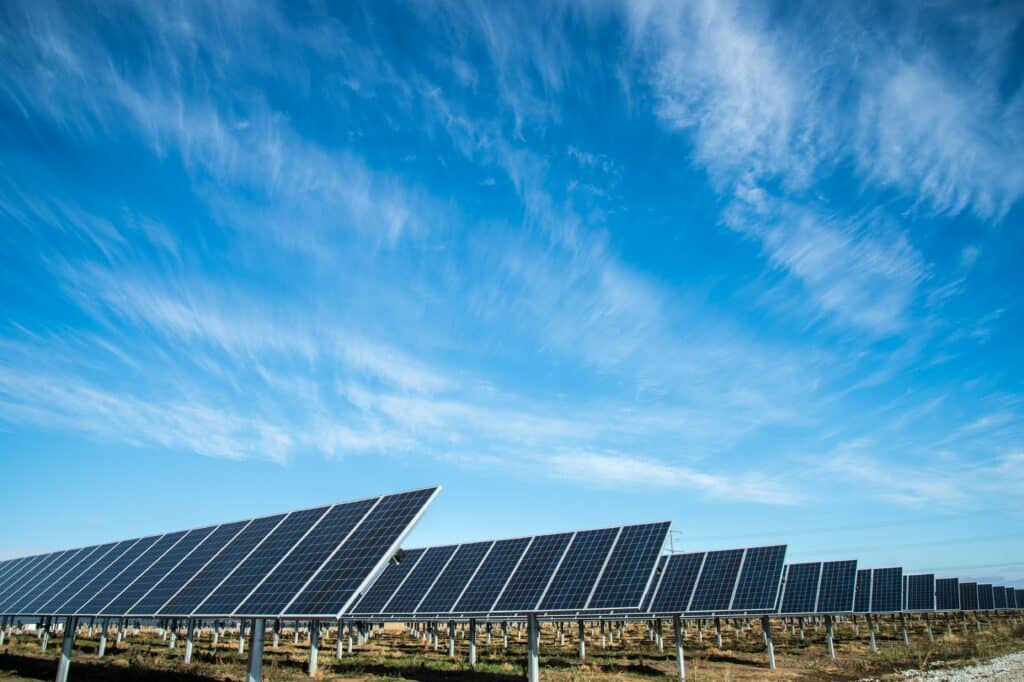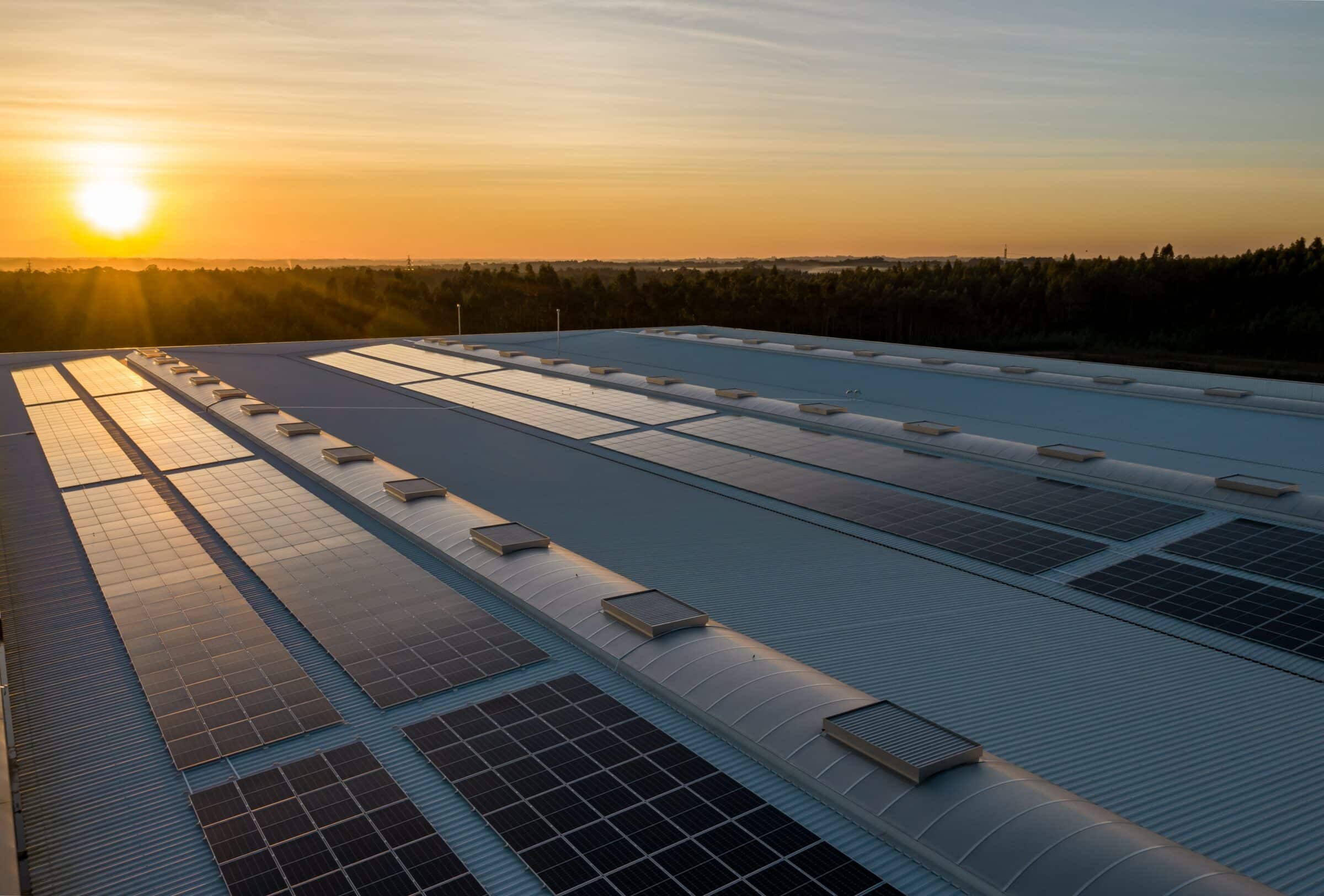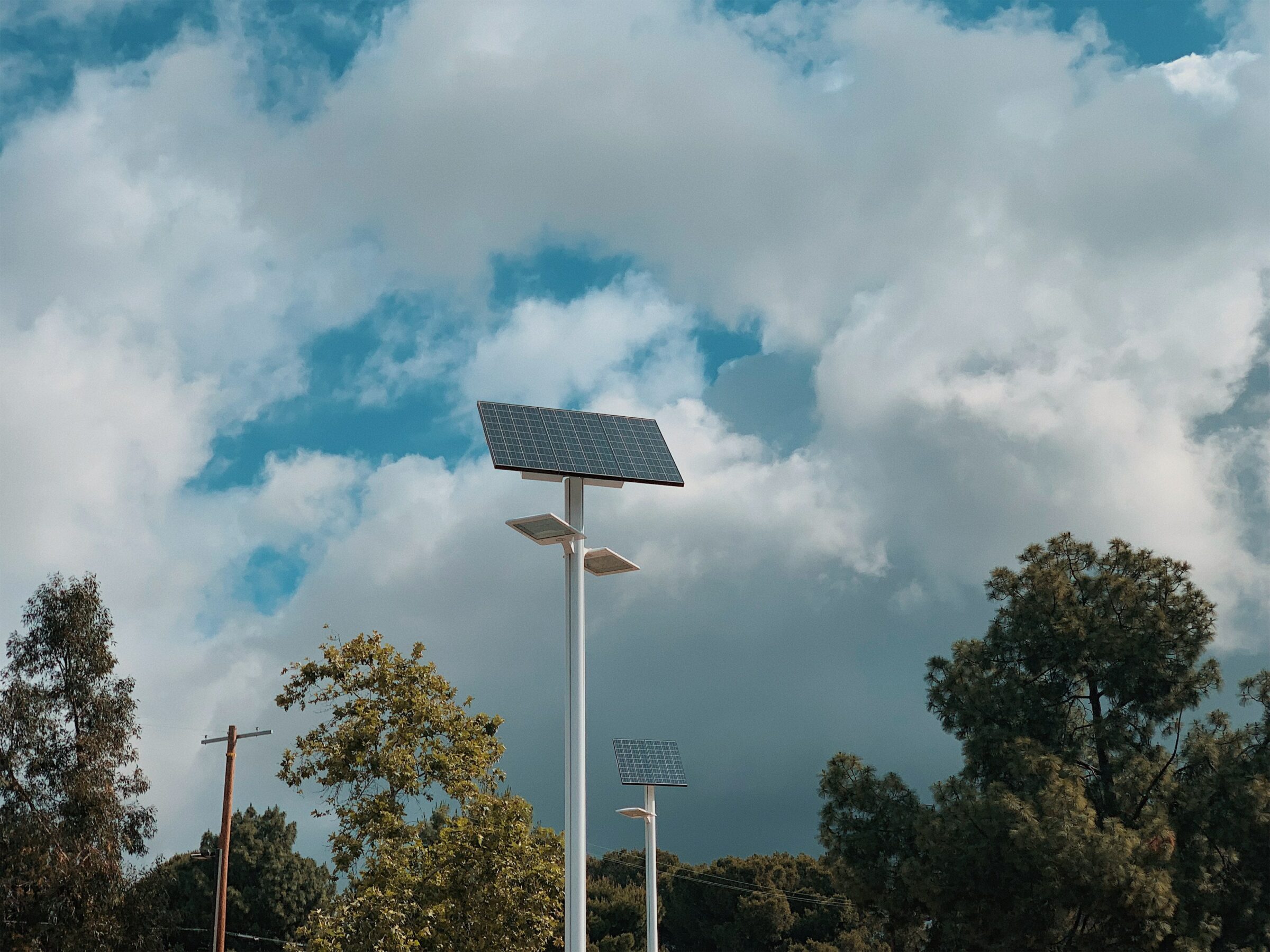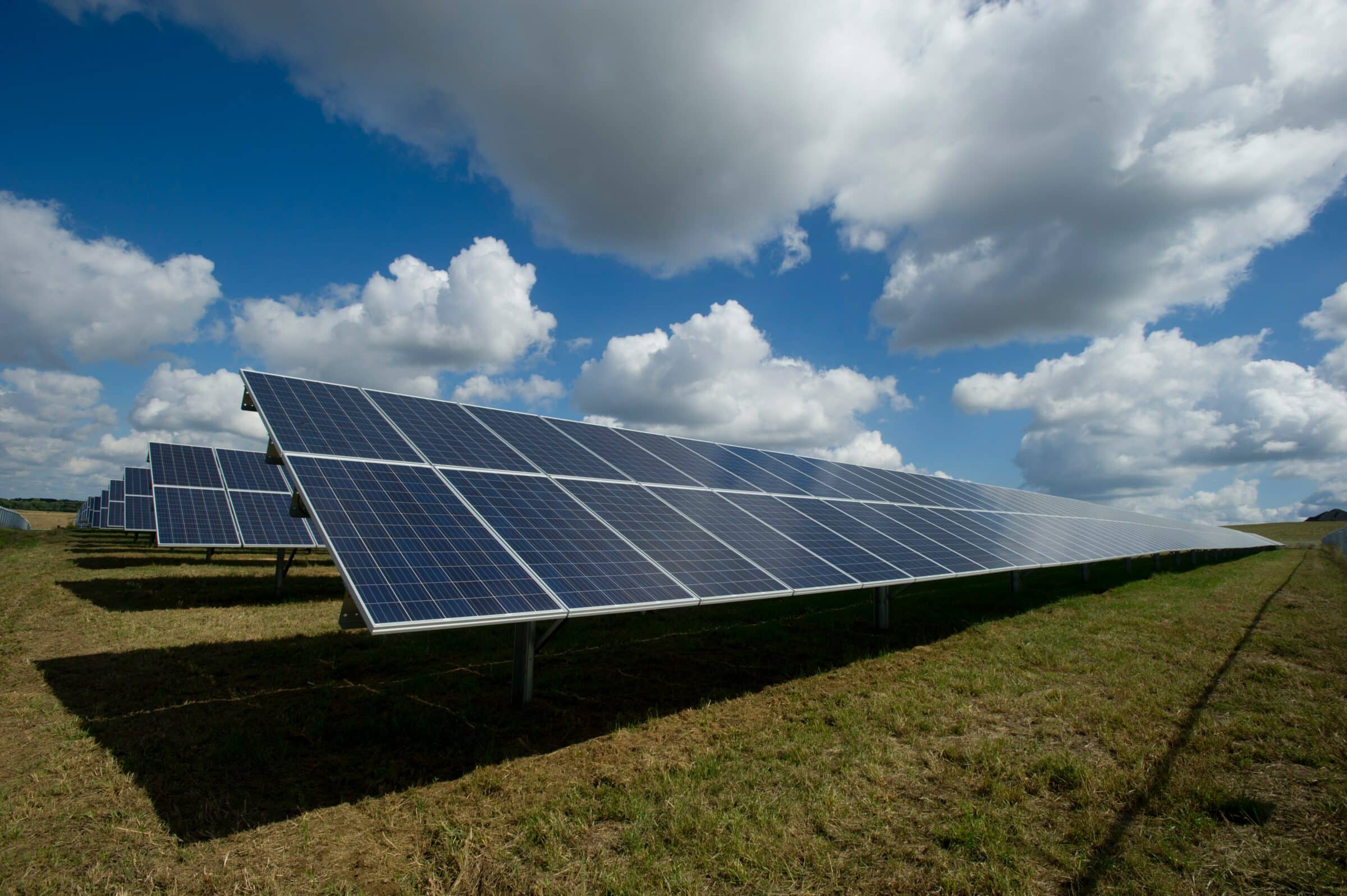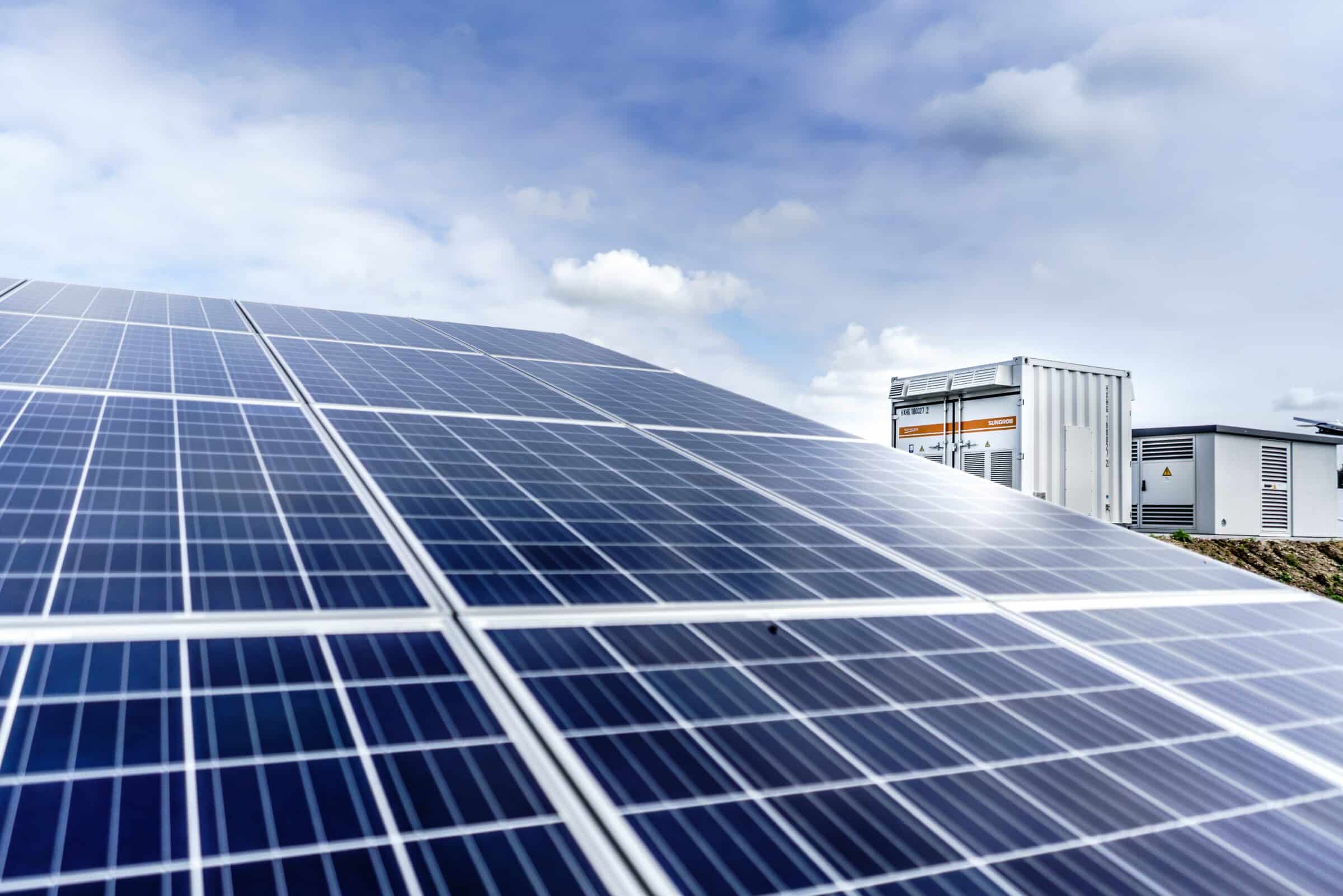As the world increasingly pivots towards a greener and more sustainable future, solar power has emerged as one of the leading forms of renewable energy, with solar power farms being an increasingly prevalent addition to the global energy landscape.
However, with the growth of these farms comes a need for more efficient, effective and sophisticated monitoring and configurable systems. This is to ensure optimal performance and contribute to a smarter overall energy production and distribution grid.
Considering that the average production of a commercial solar farm is up to 5 megawatts (MW) of energy, the challenge of administering these systems intelligently is an important undertaking.
Internet of Things (IoT) technology comes into play by enabling critical devices and systems to remain connected, become smarter and be securely managed.
In this post, we will explore how IoT-based monitoring systems are helping to optimise solar panel systems for important industrial, commercial, and residential uses.
Please keep reading to learn more about how IoT technologies are used in the solar panel industry.
What is IoT Solar Power Monitoring?
IoT solar power monitoring is an innovative and adapting system that leverages the power of the Internet of Things to optimise the performance and maintenance of solar panel networks.
At the heart of this system is an embedded or complementary IoT device, which is securely connected to the internet via a multi-operator mobile IoT SIM card.
IoT devices, in this setting, interface with critical components of the solar panel system, such as the voltage output pin, a small temperature sensor, and a Light Dependent Resistor (LDR) sensor that gauges the intensity of sunlight.
This system type is loosely similar to IoT-based environmental monitoring but with additional components and features tailored specifically for a solar panel system’s unique needs and functionality.
The use of the mobile internet system allows the IoT devices to make data connections, allowing for the real-time collection and analysis of data.
Depending upon the functionality of the IoT device, it can also mean altering firmware or configuration settings, as well as switching off the solar device.
The data is presented via an IoT platform or energy management system for convenient visualisation of data, and in the case of residential systems for viewing usage, status, and contributions to the grid via a mobile or web app.
In summary, IoT empowers industrial, commercial, and residential solar panel owners to track the health and productivity of their systems, driving improved energy efficiency, commercialisation, and sustainability of their assets.
How is IoT in solar panels used?
The smart technology used in IoT solar power monitoring systems is allowing the sector to grow at pace.
As a result, the smart solar market is expected to experience growth over the coming years. Fortune Business Insights predicts a market valuation which increases to $13.33 billion by 2027, up from $8.52 billion in 2019 (https://www.fortunebusinessinsights.com/smart-solar-market-103762, 2024).
What’s more, according to Renorgy (2022), 70,000 solar panels are expected to be installed each-hour globally over the next five years.
This leads to the question; how is IoT used to optimise solar panel usage and expand the use of solar as a viable alternative to other forms of renewable energy production?
First, it is important to break down some of the key segments such as Industrial, Commercial and Residential applications.
Industrial
The most prevalent use of solar panel systems, IoT sensors and IoT devices integrated with an industrial solar panel farm are industrial applications.
Embedded and auxiliary IoT systems provide real-time data on various key factors that affect performance, such as temperature, voltage/current output characteristics, and sunlight intensity.
Other key factors, including irradiance, debris, dirt, and damage, are monitorable by IoT systems, allowing for proactive maintenance and immediate repairs.
This level of remote monitoring improves overall efficiency and reduces downtime, meaning that operators and owners can save operational costs and limit down-time or inefficient operational conditions.
Of course, since solar panel systems usually work best when coupled with a form of efficient energy storage, IoT technologies are also used to measure and control the status of these energy stores remotely.
The implementation of IoT technology in this use case enables remote troubleshooting and fixing of addressable issues remotely.
Commercial, residential and vehicle
In commercial and residential settings, IoT-based solar power monitoring systems are revolutionising the management of energy consumption. They offer valuable insights into business or domestic energy use and ways to optimise efficiency or value generation.
These systems offer both business owners and homeowners the ability to monitor the real-time performance of their solar panels, including the amount of energy generated, used, stored, and fed back into the grid.
By doing so, they can optimise their system to match their energy needs and reduce wastage.
As stated, these systems provide the path for consumers to discharge excess electricity production back into the grid via the Smart Export Guarantee agreement.
Monitoring systems detect and alert users to any significant issues with these panels or systems at an early stage, allowing the solar panel system to ensure longevity by avoiding escalating and costly damage.
The control and visibility afforded by IoT technology are making renewable energy a more attractive and viable option for many, contributing to the continued growth of the smart solar market.
Moreover, the rapidly advancing efficiency of solar panels also means that they are installed by vehicle manufacturers and consumers in leisure vehicles and motor homes – a useful way of becoming more autonomous and flexible.
Best network for an IoT-based solar monitoring system.
As with any IoT operation, selecting the right network solution to sustain your solar monitoring systems is crucial.
There are many options available, including fixed-line, local Wi-Fi, cellular (including NB-IoT & LTE-M) to more proprietary IoT networks, such as LoRaWAN.
IoT solar power monitoring systems, however, tend to be best served by IoT cellular networks such as ubiquitous 4G, and LTE-M and NB-IoT, where available.
In instances where no signal is available, satellite systems are also an option.
Mobile networks offer the widest coverage, robust connectivity, and low costs, representing indispensable qualities for solar power monitoring systems and IoT systems in general, but other systems are available for the remotest areas, albeit at a higher cost.
Moreover, part of the mobile 4G/LTE mobile standards, LTE-M and NB-IoT also support longer range to the mast due to their use of lower radio frequencies, as well as low power consumption modes – a critical feature for very remote devices needing to operate unsupervised for lengthy periods.
Additionally, mobile systems can cope with substantial simultaneous connections, which accommodates the needs of a large-scale solar farm and IoT applications in general.
Thus, when considering the best network for an IoT-based solar monitoring system, 4G stands out for their extensive coverage, low costs, and high-capacity connectivity, whereas LTE-M and NB-IoT are being deployed to extend coverage, range and support for IoT applications that need high-levels of power efficiency.
Key benefits of IoT in solar panel systems
Now we have shown why and how IoT is important in solar panel functionality, and the most optimal networks to use for your operations, let’s explore some of the key advantages such IoT systems bring to solar panel networks.
Real-time monitoring:
Real-time monitoring is a vitally important advantage of a solar panel IoT system and most IoT system use cases generally.
As with any IoT system, it requires compatible, secure and resilient connectivity to operate and a suitable and tailored IoT data platform to make sense of the data.
Additionally, all dispersed IoT infrastructure also require systems that can manage firmware and configuration settings securely and remotely.
When well implemented, IoT networking means immediate access to crucial data and in this case, power output, device temperature, and sunlight levels. This enables users to promptly detect any abnormalities or performance dips in their system, be it due to weather changes, equipment malfunction, or debris accumulation.
With real-time monitoring, preventive actions are swiftly implementable by operators, reducing downtime, and enhancing the overall efficiency of the solar energy system.
Moreover, it allows operators and consumer users to make informed decisions about energy consumption based on immediate data, optimising usage, and reducing waste.
Smart grids:
The reduction of energy production costs stands as a pivotal benefit of IoT solar panel systems.
By tracking energy consumption patterns and identifying trends in supply and demand, intelligent IoT systems ensure that energy production aligns with usage and storage characteristics, thereby minimising wastage and optimising efficiency.
This leads to a significant reduction in energy production costs as excess energy is either stored for future use or sold back to the grid through programs like the Smart Export Guarantee.
Furthermore, the ability to connect smart generation systems with smart grid systems and smart end-user devices, means that over time demand and supply will be better manipulated by control and distribution systems.
The overall result is a system that not only generates clean, renewable energy but does so in a cost-effective and highly efficient manner that matches usage needs.
System performance optimisation:
The ability to track system performance and take corrective actions is a significant advantage of a solar panel IoT system.
Leveraging real-time data, users can gain insights into why specific panels may be over or underperforming, thereby facilitating prompt and effective intervention.
This granular level of monitoring, extending to every part of the system, enables a comprehensive understanding of the overall system performance and its effectiveness.
The constant feed of information from individual panels allows for comparative analysis of their efficiency, identification of patterns, and the implementation of measures to enhance productivity.
These benefits ensure the solar panel and IoT system is operating at peak efficiency, maximising energy generation, and therefore optimising returns on investment.
Security:
Given the remote locations of many solar farms, the risk of compromised systems, physical theft, damage, or vandalism of valuable assets is an important concern.
However, when using IoT technology, organisations can install camera systems to visually check or use monitoring devices or data check and locate their devices.
Selecting the right IoT device can mean discovering and reporting any unusual activity, ring-fencing assets, detecting vibrations or triggering alarms together with the resultant security protocols being initiated.
The ability to promptly address any physical damage to the panels which are constantly exposed to the elements, including rain, hail, electrical storms, wind and dust, ensures that the catastrophic damage is noticed and reported.
Thus, the enhanced security provided by IoT technology not only protects the hardware investment it represents but also the efficiency and productivity of the solar panel system as a working entity.
Remote and plannable maintenance:
One of the substantial benefits of a solar panel IoT system lies in easing maintenance.
Leveraging real-time data and asset management systems means that patterns and problems can be analysed, and individual issues pinpointed. This can be incredibly important when dealing with a vast solar farm or ones that are hard to reach where off the ground.
Having the ability to utilise this precise identification removes the demand for laborious manual inspections, which are resource-heavy, time-consuming and costly.
Key also is the ability to maintain high operational yield. Maintenance crews can target problematic areas, investigate trends and reduce downtime while expediting repairs.
By promptly addressing any emerging or apparent faults the system can be maintained to an optimal performance level.
Overall, the incorporation of IoT technology significantly simplifies the visibility of issues through intelligent use of data, while optimising maintenance processes which enhance the system’s efficiency and longevity.
Remote access:
Remote and secure accessibility allows the management of solar panels from any location and at any time via a computer or a smartphone application.
Users can promptly react to any changes or issues, adjust settings, and switch the system on or off as needed, all from their site visits, home or office.
For instance, many solar IoT systems are programmable via user apps. This can include the operation of cleaning systems.
Together with weather data and performance analytics, the systems can help determine the optimal time for panel cleaning, and automatically initiate the process.
Cleaning can significantly increase the lifespan and efficiency of solar panels, as dirt and debris accumulation can obstruct sunlight and reduce power production.
Thus, remote access and cleaning enhance performance by meaning this activity can be performed more regularly and cost-effectively.
Energise your IoT solution with Caburn Telecom
In conclusion, the integration of IoT technology with solar panels marks a significant advancement in renewable energy systems and will help democratise the technology.
The fusion of innovative IoT technology and solar panel efficiency delivers numerous benefits, including the support of smarter grids through greater monitoring and control, reduction of energy wastage, more precise performance tracking, increased security, simplified maintenance, and remote access and cleaning.
All these features not only streamline the operations of solar farms but also enhance their efficiency and productivity.
As an industry leader in IoT solutions, Caburn Telecom is at the forefront of the critical connectivity this solar panel infrastructure requires to remain always connected.
We offer innovative and global solutions that not only meet present demands but also anticipate future needs.
Contact Caburn Telecom to energise your IoT solution, and set up a call with our experienced IoT team to learn more.
